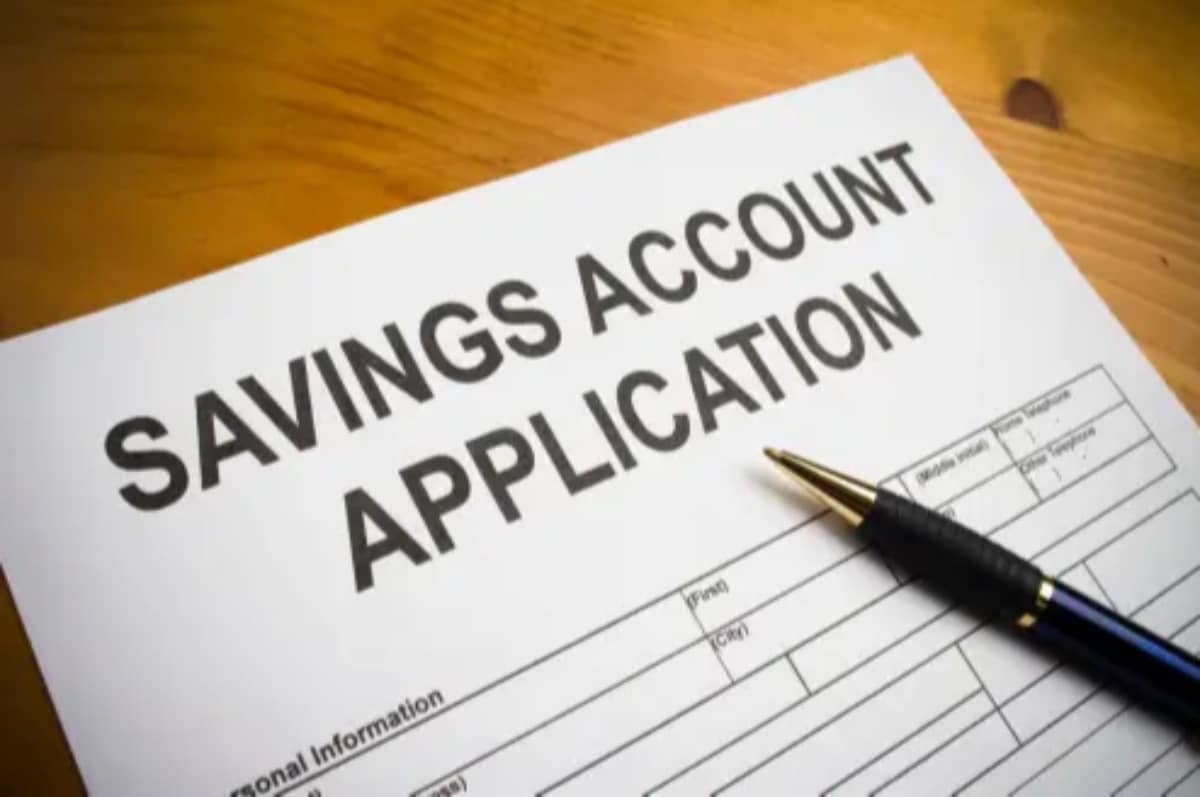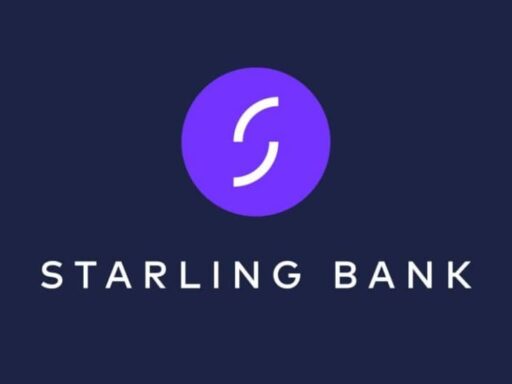Opening a savings account is a crucial financial step to secure your funds and watch them grow. Whether you’re new to savings accounts or considering a switch, understanding the process can streamline your experience.
Here’s a comprehensive guide to help you open a savings account efficiently:
1. Evaluate Your Options
Start by selecting the bank and type of account that best suits your needs. Look for an account with a high-interest rate to maximize your savings’ growth potential. Consider features that make your life easier, such as convenient ATM locations or mobile check deposits.
2. Check the Requirements
Each bank sets its own conditions for opening an account. Ensure you meet these prerequisites before proceeding. Some may require a minimum age or balance, for instance.
3. Gather Documentation
Opening a savings account typically involves providing specific documents, such as a valid form of identification (e.g., passport or driver’s license) and proof of your address.
- Government-issued identification, such as a driver’s license or passport
- Social Security number
- Date of birth
- Address (and a proof of address, if your ID lists a previous address)
- Contact information
- Bank account information to fund your new account, if applicable
4. Complete the Application
Once you’re prepared, you’ll need to provide personal information, such as your name, address, phone number, and Social Security number or individual taxpayer identification number, when filling out the savings account application.
5. Fund the Account
Many banks require an initial deposit to open a new savings account. The minimum deposit varies depending on the bank and account type. You can usually fund your account using a check, cash, or electronic transfer from another account.
6. Review and Submit
Double-check all the information on your application for accuracy to avoid delays in opening your account. Once you’re confident everything is correct, submit the application.
Opening a Savings Account Online
Both traditional banks and online-only financial institutions offer the option to open a savings account online. The process is similar to opening an account in person, with the main difference being the absence of a bank representative during the application process.
Choosing the Ideal Savings Account
Gary Zimmerman, founder and CEO of cash management platform MaxMyInterest, emphasizes that as long as your bank is FDIC-insured, your deposits are protected up to at least $250,000 per account, so the choice comes down to the products and services that best fit your needs, with competitive rates and excellent customer service.
Types of Savings Accounts
1. Traditional Savings Account
Traditional savings accounts earn interest on the money you deposit and are available at banks and credit unions. You can save money for the short or long term. However, the interest rates, shown as annual percentage yields (APYs), may be lower than with some other types of savings accounts. The national rate on a standard savings account is 0.37% as of March 2023.
2. High-Yield Savings Account
High-yield savings accounts offer significantly higher interest rates than traditional savings accounts. They have become increasingly popular due to the Federal Reserve’s efforts to lower inflation, which results in higher interest rates for savings accounts.
3. Certificates of Deposit (CDs)
CDs are savings accounts that pay interest on a fixed amount of money for a specified period. They offer competitive interest rates but require you to keep your money in the account for the entire term. If you withdraw your funds before the term ends, you may face penalties.
4. Money Market Accounts (MMAs)
MMAs are hybrid accounts that offer both checking and savings features. They typically come with debit cards or checkbooks and allow regular withdrawals. MMAs often have higher interest rates than traditional savings accounts but may come with monthly fees.
5. Savings Bonds
Savings bonds are a type of savings account that earns interest and is backed by the U.S. government. They are designed to help you save for specific goals, such as a down payment on a house or tuition payments.
6. Cash Management Accounts
Cash management accounts are non-bank accounts managed online that earn competitive interest rates. They allow you to hold both savings and investments and typically have lower interest rates than high-yield savings accounts.
Opening a savings account is a straightforward process that can be completed in several steps. By evaluating your options, checking the requirements, gathering documentation, completing the application, funding the account, and reviewing and submitting the application, you can secure your funds and watch them grow. Additionally, consider the benefits of online savings accounts and the various types of savings accounts available to find the best option for your financial needs.




